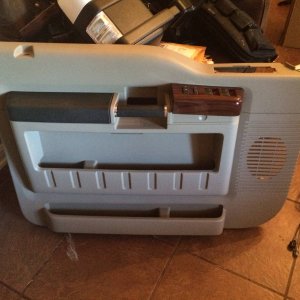sootie is spot on.
I will add that "twins" dont work on diesels.
Compounds and twins are totally different
A big turbo feeding a little turbo is compounds
Twins are running two of the same size turbo, one on each bank.
Compounds make more boost, which is what diesels need. They have a short rpm band so you need to cram all the air you can into the motor as fast as you can. Compounds will basically "compound" the boost pressure going into the motor. That is why you see compounds on diesel trucks.
Twins increase the "flow", but not the boost. This is needed in gas vehicles that run really high rpms because you need more flow to make it all the way up to 8000rpms, not more boost. So twin turbos increase the flow/rpms range.
So... you still think you wanna run twin turbos and are curious what it will do. Or maybe you just wanna be different? Well you are just going to end up with each turbo surging like crazy. Too much boost at too low of rpms on a bigger turbo will cause it to surge. If you put one stock vgt turbo on each bank, and plot it on a compressor map... then you will end up WAY left of the surge line. The only way to not make the truck NOT surge would be to keep boost under 7 psi until about 3000rpms, and then by 3500rpms you will be able to jump boost up to around 10psi of boost. By 4000rpms you might be able to squeeze about 12psi of boost. According to my calculations... with all the fuel you can throw at it you will be able to make about 280hp MAX with that setup. (not 280 additional HP, but just 280rwhp)
So why would anyone run twins? Well with that same twin setup you can run 30psi of boost at 8000rpms... which would make about 1000hp if you could spin up to those rpms... which is possible in a v8 gas motor but not in a diesel.
On the other hand COMPOUNDS can make 65psi of boost by 2900rpms and carry that to 4000rpms. This give more boost in the short RPM band that we need it.












